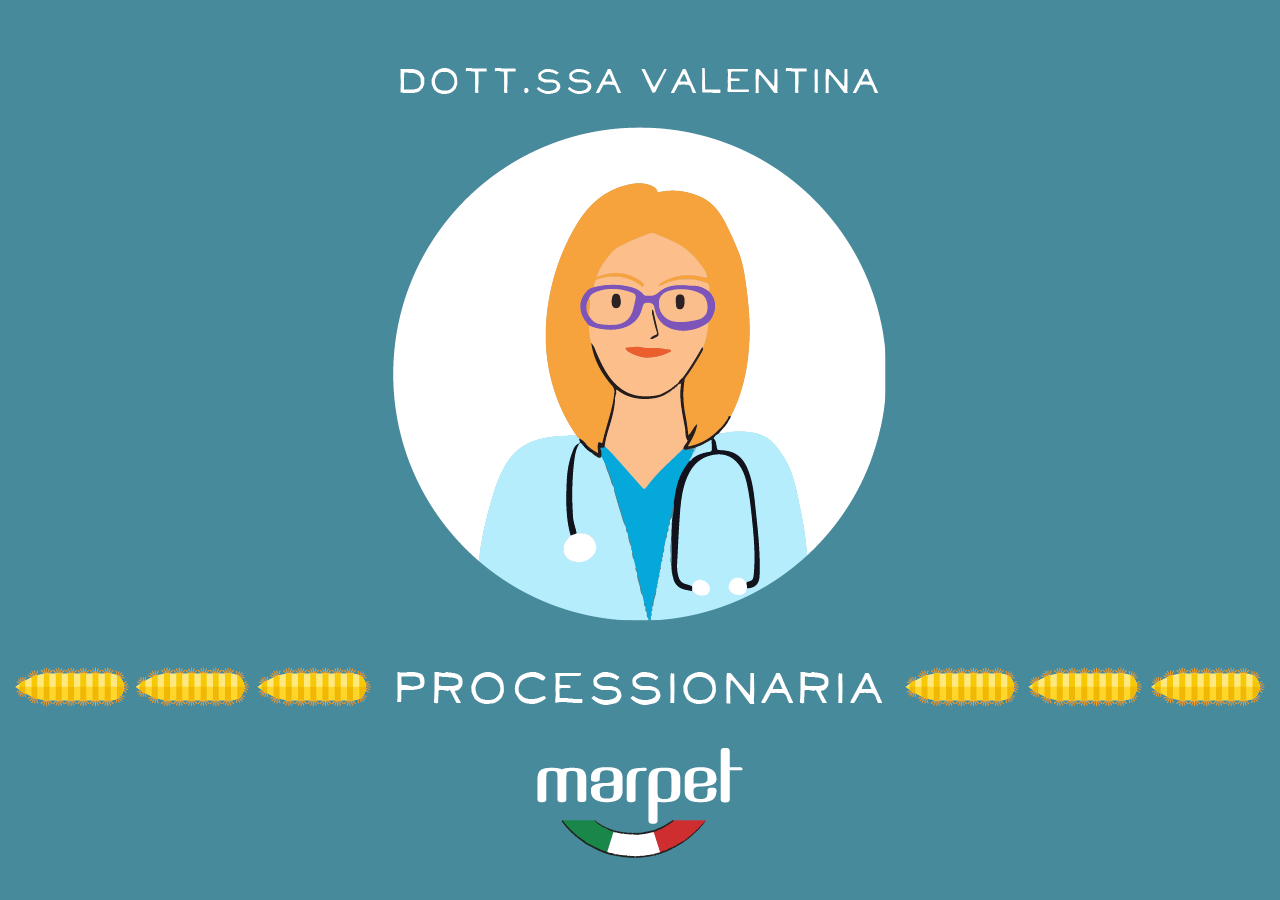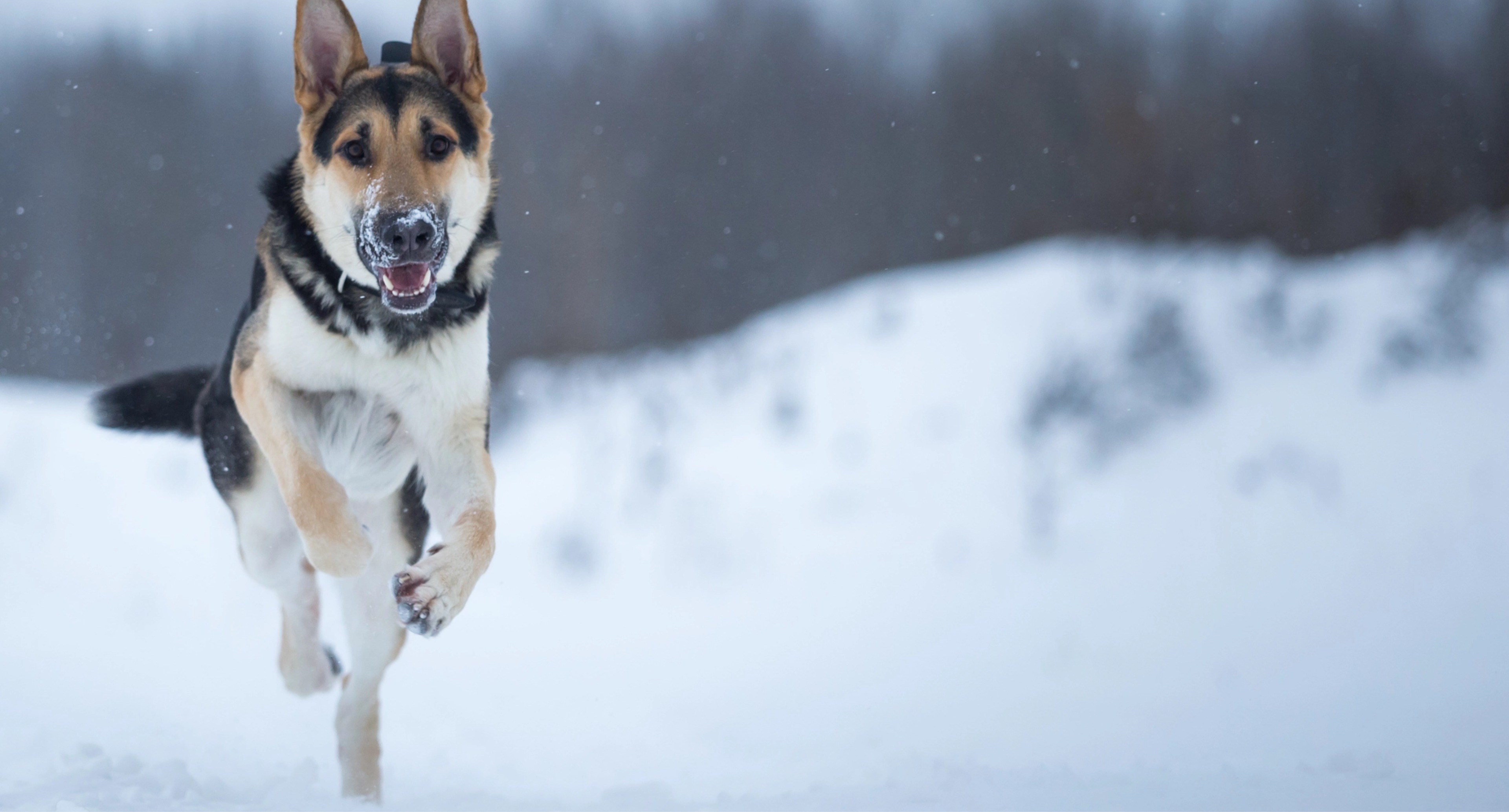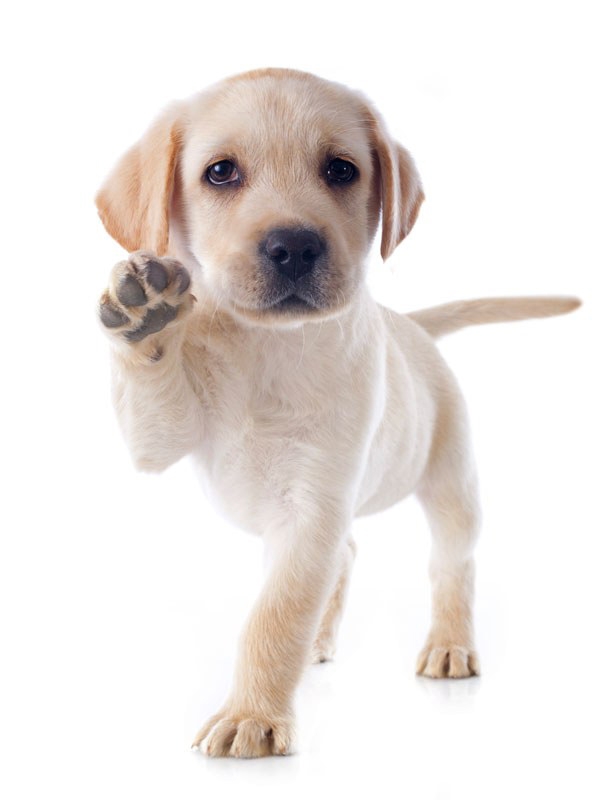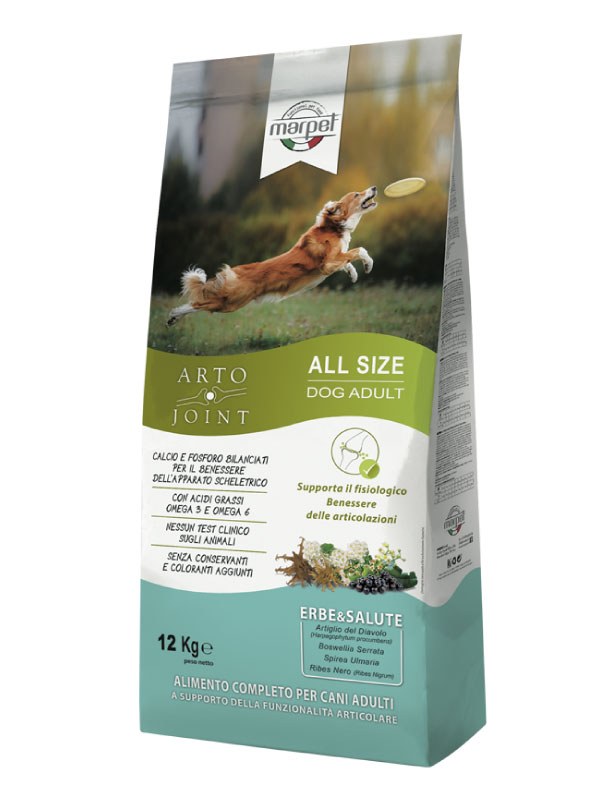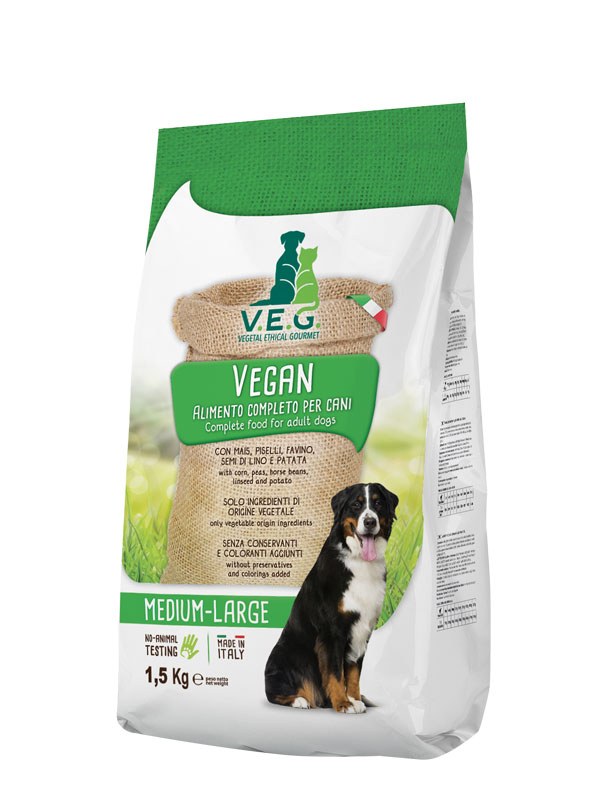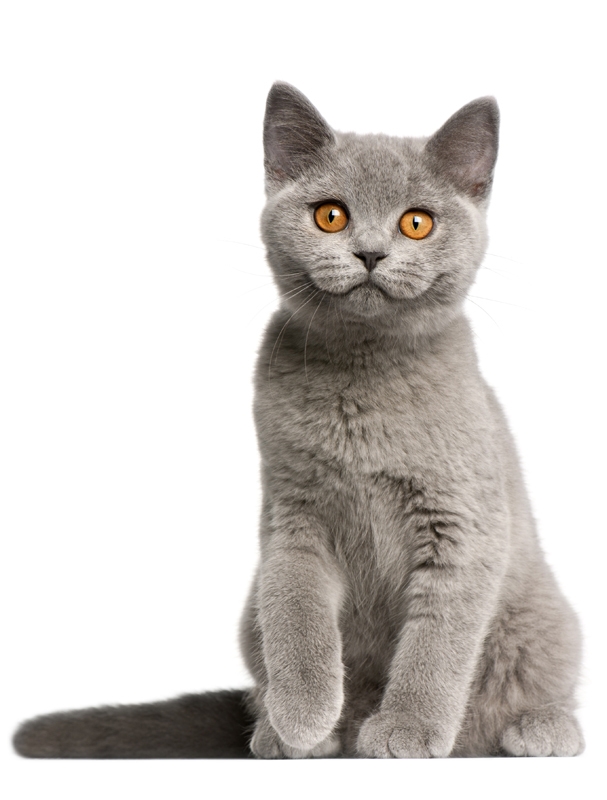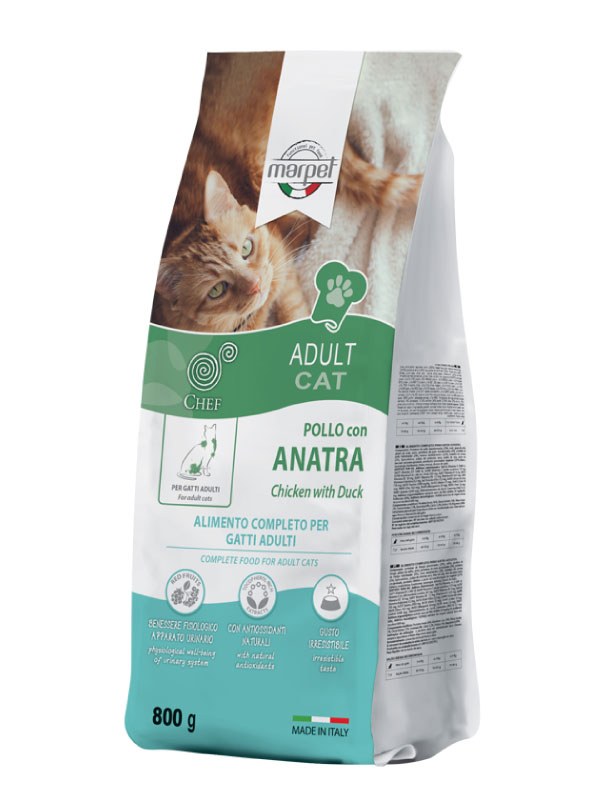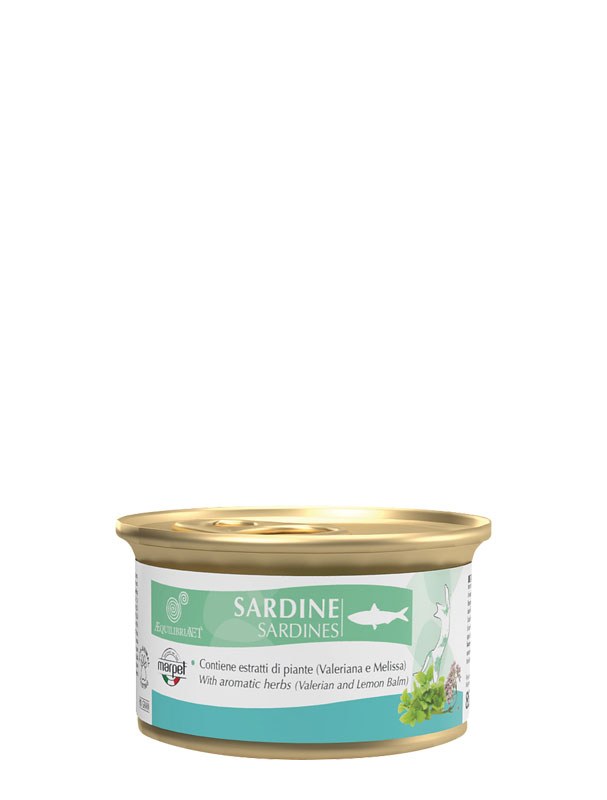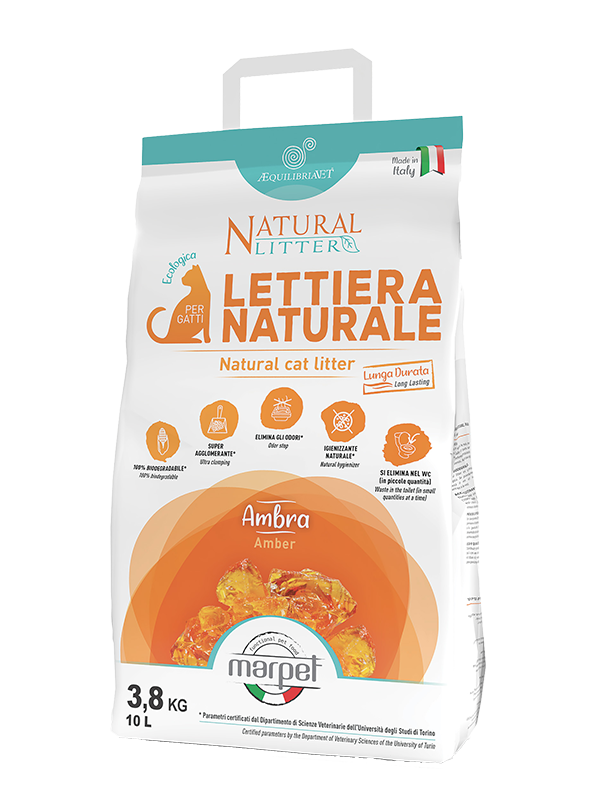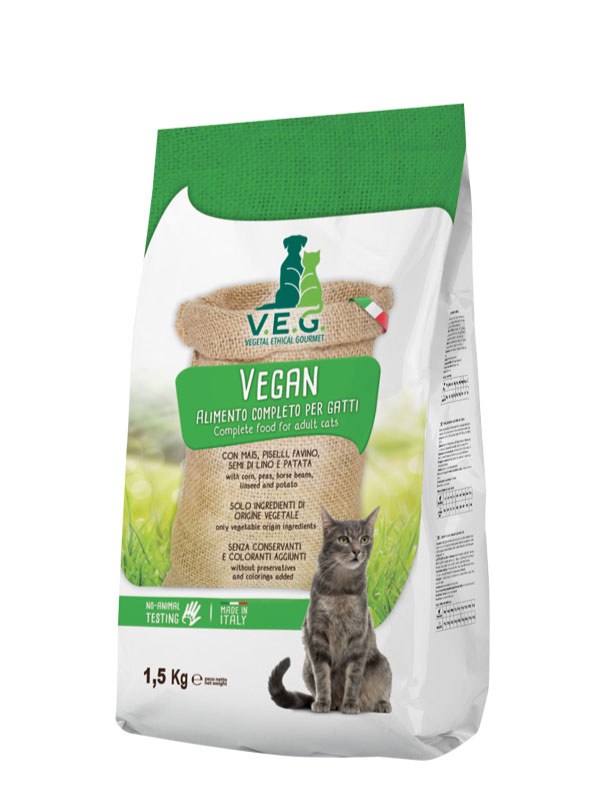ATTENTION: PROCESSIONARY MOTHS IN SIGHT
With the arrival of spring, the warm, sunny days not only bring a reawakening of nature with flowering landscapes, but also small insects that are sometimes not so friendly to our four-legged friends.
One example is the processionary moth, a lepidopteran insect found mainly in pine forests. They are so called because the larvae move in "procession" one after the other in search of a suitable place where they can mature into moths, a kind of butterfly with 3-4 cm wings.
They have a very distinctive appearance: they are covered in hairs that are extremely stinging and can cause quite serious damage. These hairs come off and can be inhaled or ingested by cats and dogs in the vicinity who are simply sniffing the lawn or curious about these strange 'caterpillars'. Contact with these stinging hairs causes various symptoms, some of them very serious, affecting the respiratory and digestive system.
Initially, the first symptoms are intense salivation caused by a very serious inflammatory state of the tissues that come into contact with the stinging hairs, swelling of the tongue or nose with objective breathing difficulties.
In the most serious cases there is even necrosis of the tongue, lips, nose and other parts involved in direct contact with the processionary moths.
The first thing to do if your pet has come into contact with these caterpillars is to wash the mouth and nose immediately and thoroughly to remove the stinging substance, perhaps with the help of a syringe without a needle to clean the inside of the mouth well. The second thing to do is to visit your vet as soon as possible so that all the necessary and appropriate treatment can be carried out to reduce the wound and promote a speedy recovery. Vets will need to use products to help rebuild damaged tissues, perhaps using natural healing substances with soothing properties. In more serious cases, surgery may be necessary to remove some of the irreversibly damaged tissue, but support for healing is also important in the post-operative period.
Immediate veterinary intervention is certainly essential to mitigate the damage as much as possible.
